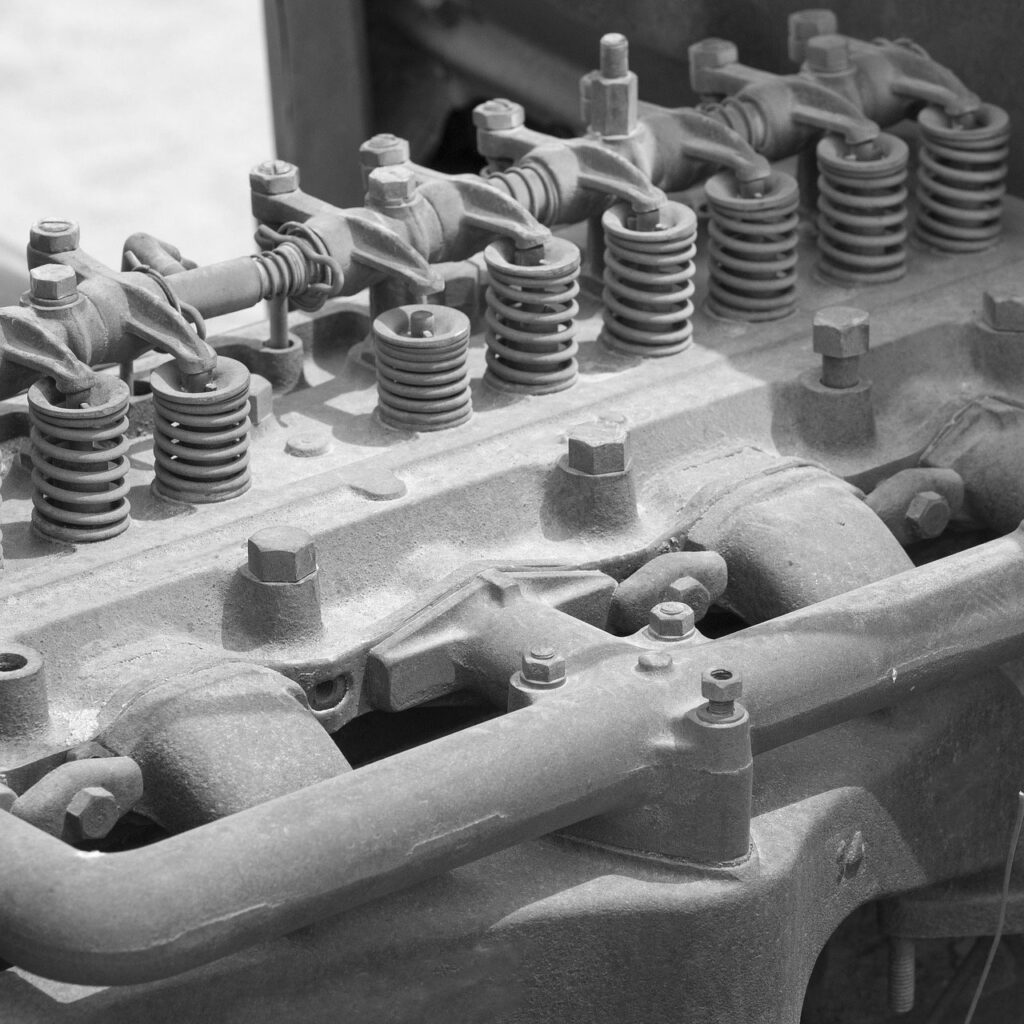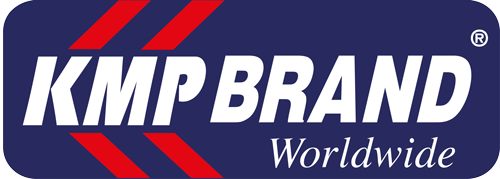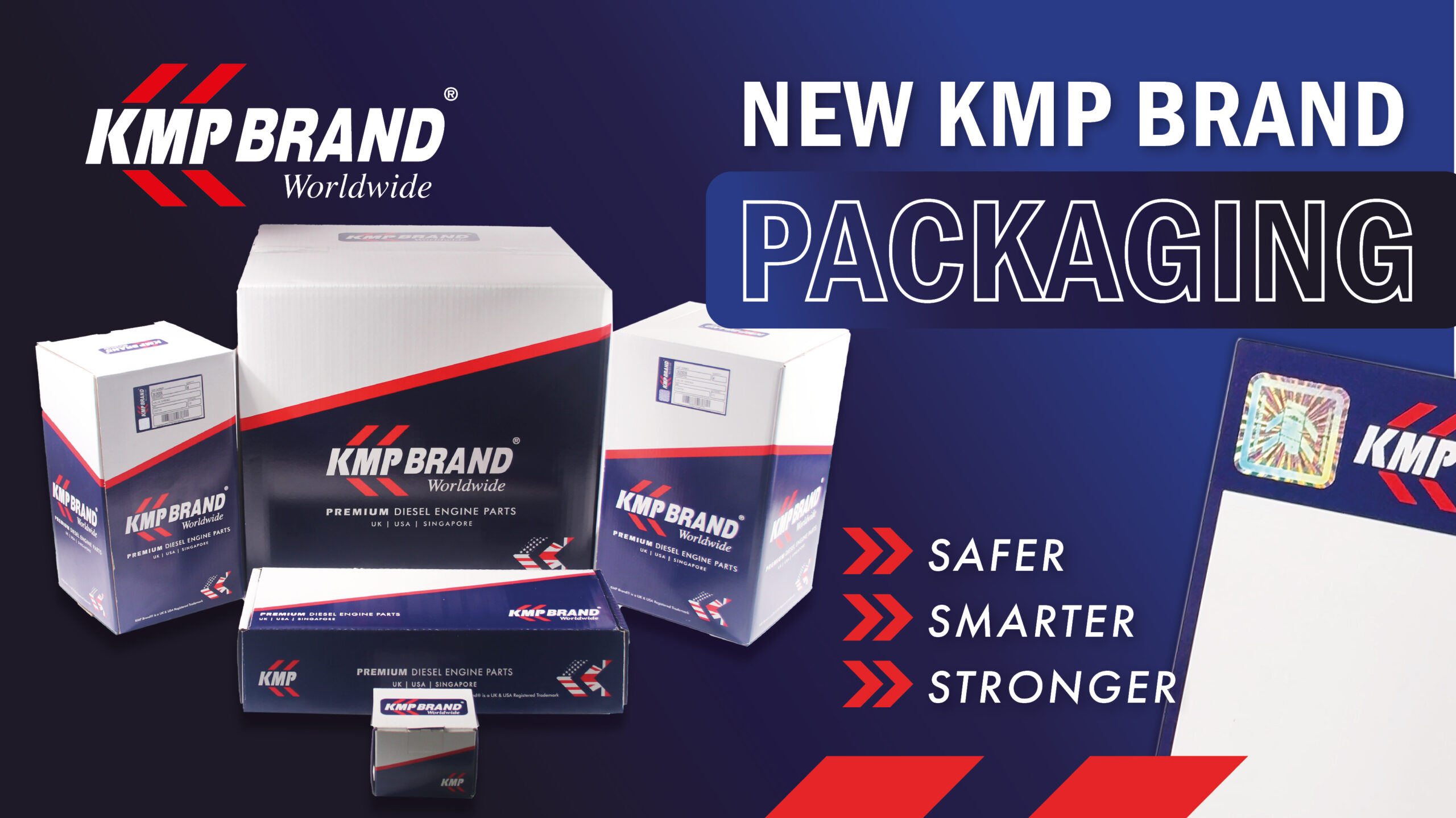Freeing Seized Bolts
Seized bolts can turn a routine repair into a major headache. In this article, our contributor shares an unusual-but surprisingly effective -method for freeing seized bolts that goes beyond the usual heat and lube tactics. Whether you’re in the shop or out in the field, this clever technique might save you time, tools, and frustration.
The Problem
From time to time we come across a bolt, nut or pin that has stuck in place due to corrosion. A long “breaker bar” is often the solution, but sometimes this will just result in the part sheering. The next obvious solution is heat, but this isn’t always safe to use due to the surrounding materials e.g. rubber seals, aluminium castings, etc. So, apart from shearing the bolt head or nut off, there is another approach that can work if one is careful and takes one’s time.The Theory
Unscrewing a nut or bolt uses torsion (twisting force.) If we think of a shaft in torsion (e.g. in suspensions and drive shafts) one end is held and the other twisted – an increase in angle between the two results in an increase in resisting force. For the same force a longer shaft will have a proportionately larger angle of rotation. Steel can reverse this rotation when the load is removed without degradation up to a certain level. Above this level it will develop a certain ‘permanent set’ (it doesn’t return to the original angle) but, at some point beyond this, it will shear. Now if we consider a bolt seized in a hole, there is a length between the head and where it is seized, even if this is only a fraction of a millimetre. In reality the force stopping rotation isn’t just at a point or line but spread over a short or long distance along the bolt shank. If the bolt head is subject to a torque below that where the permanent set occurs, part of the shank of the bolt will twist in the hole. The amount of twist may not initially be visible to the naked eye but will result in a small breaking of the seized area closest to the bolt head. Reversing the torque (i.e. tightening and slackening) gradually moves the point where the seized section starts with a corresponding increase in rotational angle for the same torque.In Practice
The first thing to determine is how much torque can be applied before permanent set occurs… and this will normally be a bit of a ‘wet finger’ guesstimate. A useful starting point will be a workshop manual quoting recommended torque settings for the size and type of bolt used and try it for feel with a torque wrench. Using a solid non-ratchet bar and aiming for the same feel, try to twist the bolt head backwards and forwards using plenty of penetrating oil. Initially there will probably be no apparent movement but the penetrating oil is being encouraged to move along the bolt shank into the seized section. It may take some time (sometimes several minutes) but with patience and plenty of repeated applications of penetrating oil, more and more angular movement should eventually be seen until the bolt freely rotates. Sometimes a little more torque could be needed, but it is better to take more time rather than sheer the bolt. I have used this successfully many times on bolts, nuts, cotter pins, shafts etc. While it may seem a slow process it is normally quicker than shearing a part and having to try to drill it out. It also doesn’t damage the hole as is often the case when trying to drill a broken part out.Article Contributed by Andrew Chapman
Andrew has contributed to the International B Series Tractors Group and a number of instructional files to the International Harvester Club of Great Britain.
© Andrew Chapman & KMP Brand

Licence Terms
You are free to: Share, copy & redistribute the material in original format for any purpose as long as you follow the license terms below:
- Attribution – you must give appropriate credit and provide a link to the original article in a reasonable and visible manner
- You may not in any way suggest that the licensor endorses you or your use.
- No Derivatives – The material must be distributed in full, including disclaimer, you may not distribute or share modified material.
- No additional restrictions – You may not apply legal terms that legally restrict others from doing anything the licence permits.
- No warranties are given. The license may not give you all of the permissions necessary for your intended use. For example other rights such as publicity, privacy, or moral rights may limit how you use the material.
Disclaimer
KMP Brand nor any such reviewers or contributors of content provides any warranty or guarantee as to the accuracy of any information on this website and cannot accept liability for any errors or omissions. The information in this article are for general information purposes only. It does not constitute legal, technical and/or commercial advice and should not be relied upon as such. Specific advice should always be sought separately. Despite the authors best efforts the information provided in this article may not be accurate, up to date or applicable to the circumstances of any particular case. KMP Brand nor the author of this article make no representations or warranties of any kind regarding the completeness or accuracy of the information contained herein and accepts no liability for loss or damage whatsoever and howsoever arising from reliance on it, regardless of whether such information originates from KMP Brand, or our contributors. KMP Brand has no control over the content on any other website accessed through this website and accepts no liability for any loss or damage whatsoever and howsoever arising from reliance upon the content of such websites. Neither KMP nor any reviewer or contributor of content on the website shall be liable to any person for any loss or damage which may arise from the use of the information contained in this article or on this website. These exclusions of liability will not apply to damages arising from death or personal injury caused by the negligence of KMP Brand or any of its employees or agents or of a reviewer or contributor of content.


